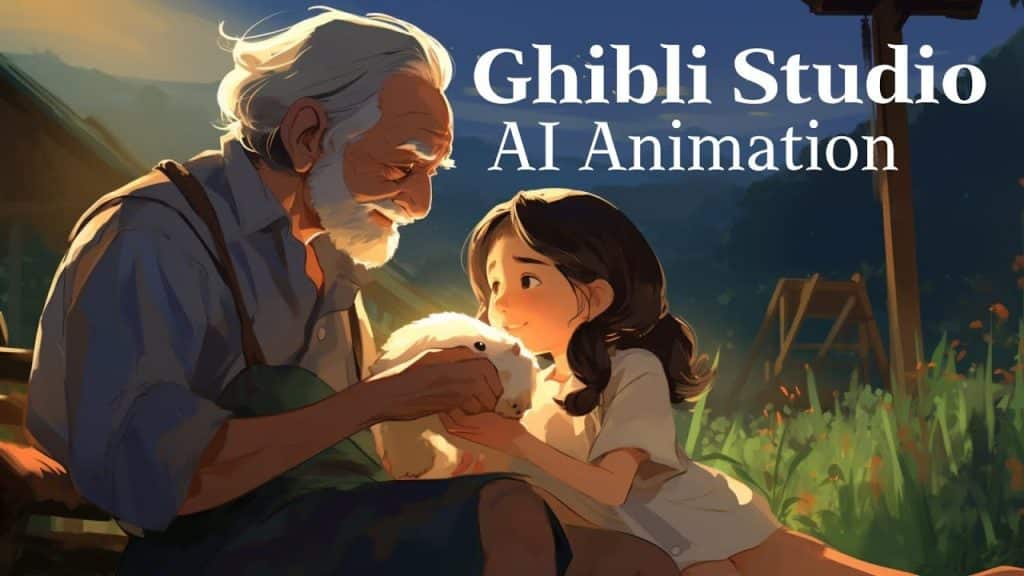The recent introduction of OpenAI’s image generation feature has enabled users to create visuals in the distinctive style of Studio Ghibli, the renowned Japanese animation studio behind classics like “Spirited Away” and “My Neighbor Totoro.” This capability has led to a viral trend of “Ghiblifying” images, flooding social media with AI-crafted art that emulates the studio’s unique aesthetic.
The GPU Strain
The overwhelming demand for Ghibli-style image generation has significantly taxed OpenAI’s computational resources. CEO Sam Altman humorously noted that their GPUs are “melting” due to the surge in requests. To manage this load, OpenAI has temporarily introduced rate limits, allowing free-tier users to generate only three images per day while efforts are underway to enhance system efficiency.
Copyright and Ethical Considerations
Beyond technical challenges, the trend has sparked debates over copyright and the ethical use of AI in art creation. Studio Ghibli’s co-founder, Hayao Miyazaki, has been a vocal critic of AI-generated art, expressing concerns about its impact on traditional artistry. Legal experts suggest that while specific works are protected by copyright, mimicking an art style falls into a gray area, making it difficult for studios like Ghibli to pursue legal action against AI platforms.
Ascend Education’s Take
As a leader in IT and tech education, Ascend Education recognizes the multifaceted implications of this development. The strain on OpenAI’s infrastructure underscores the escalating computational demands of AI applications, highlighting the need for advancements in hardware capabilities and energy efficiency.
Moreover, the copyright debates emphasize the necessity for clear guidelines and ethical standards in AI-generated content. As AI continues to blur the lines between human and machine creativity, it is imperative for tech professionals to navigate these challenges responsibly.
At Ascend Education, we are committed to equipping our students with the knowledge and ethical frameworks required to excel in this evolving landscape. Understanding the technical and moral dimensions of AI applications is crucial for fostering innovation that respects both artistic integrity and intellectual property rights.


